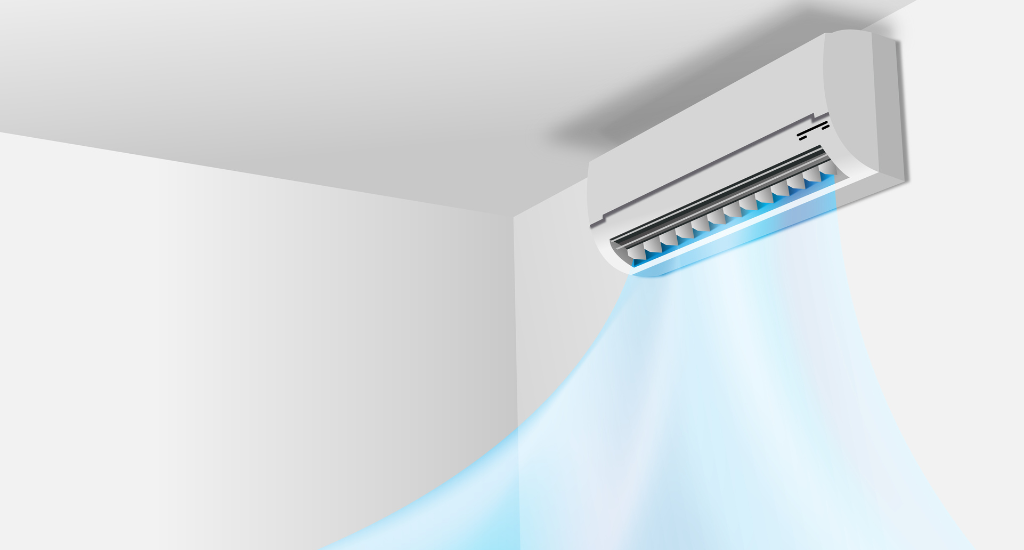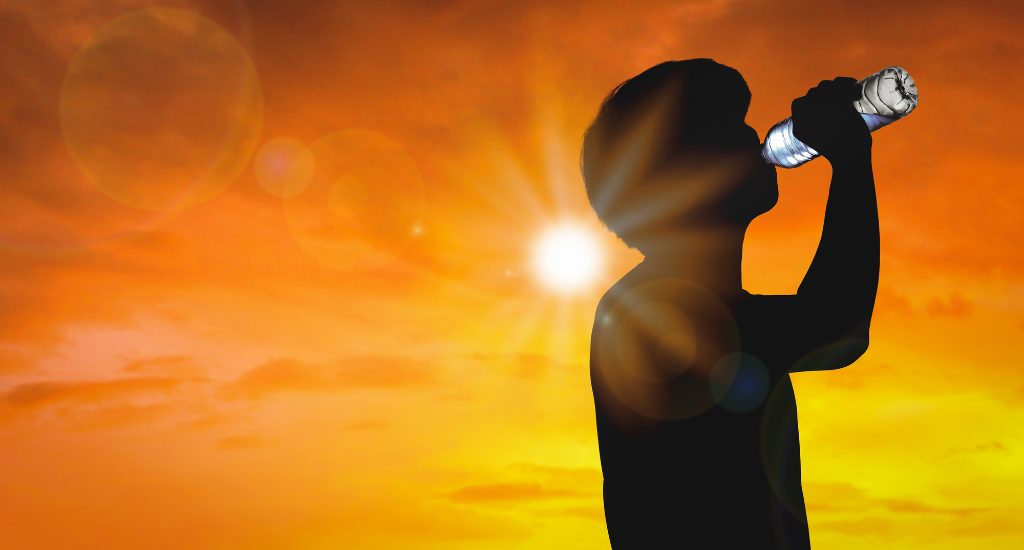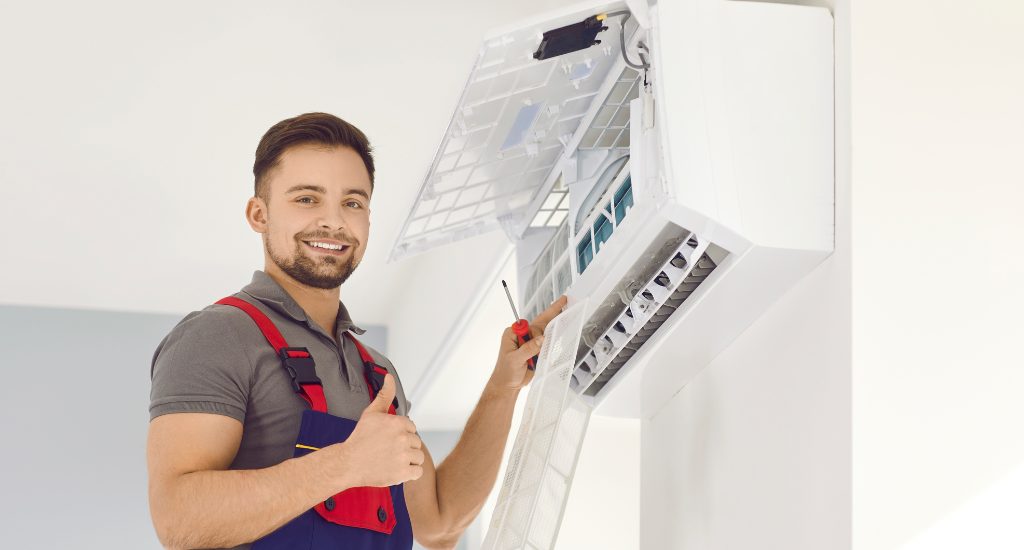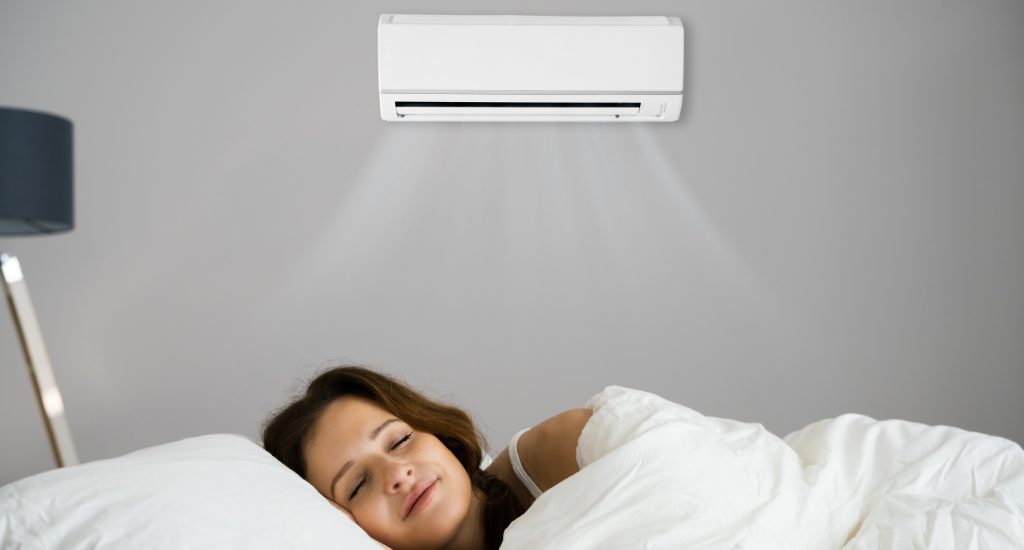
As summer’s scorching heat becomes relentless, we seek refuge in the comfort of our air-conditioned homes. However, setting the best temperature for your AC isn’t as straightforward as turning the dial to the coldest setting. It requires a delicate balance between staying cool and ensuring energy efficiency.
In this article, we will explore the ideal indoor temperature, consider energy efficiency and cost considerations, and offer tips on personalizing your AC settings for optimal comfort. Additionally, we will delve into the environmental perspective and how our AC usage impacts the planet.
So, let’s embark on a journey to find the sweet spot for the best temperature to keep our homes comfortable, sustainable, and eco-friendly.
Understanding the Ideal Indoor Temperature
When it comes to determining the best temperature for your AC, several factors come into play. Geographic location, climate, building insulation, and personal preferences all contribute to finding the optimal setting.
Factors influencing the ideal temperature
Geographic location and climate – People living in different regions experience varying degrees of heat. What might be comfortable in a mild coastal climate might not be suitable for a hot and humid tropical region.
Building insulation and design – The quality of insulation and design of your home directly impact its ability to retain cool air. A well-insulated home will require less energy to maintain the desired temperature.
Personal preferences and health considerations – Each individual has unique comfort levels, and certain health conditions might necessitate specific temperature adjustments.
Recommended indoor temperature ranges for summer
General guidelines from energy conservation experts – Many experts recommend setting the thermostat between 74°F and 78°F (23°C to 26°C) during the summer. This range balances comfort and energy efficiency.
Health experts’ recommendations for optimal comfort and sleep quality – For better sleep, a slightly cooler temperature, around 70°F to 72°F (21°C to 22°C), is often suggested. Cooler temperatures aid in falling and staying asleep.
Energy Efficiency and Cost Considerations
While we strive for comfort during hot summer days, we must also be mindful of energy consumption and its impact on our wallets and the environment.
| Impact of setting the thermostat too low | Higher energy consumption and electricity bills | The lower you set your AC temperature, the more energy it consumes, leading to higher electricity bills. |
| Environmental consequences and carbon footprint | Increased energy consumption results in higher greenhouse gas emissions, contributing to climate change. | |
| Balancing comfort and savings | Programmable thermostats and smart technology | Investing in a programmable thermostat or smart AC system allows you to schedule temperature adjustments throughout the day, optimizing energy usage. |
| Implementing temperature adjustments when away from home | Adjusting the temperature when you’re not at home can lead to significant energy savings without compromising comfort. |
Optimal Temperatures for Different Times of the Day

Understanding that your temperature preferences may vary during different times of the day can lead to better comfort and energy management.
Daytime temperature settings
During the day, setting the thermostat closer to the higher end of the recommended range can still keep you comfortable while conserving energy. Consider the needs and comfort levels of all occupants to find a compromise that works for everyone.
Nighttime temperature settings
Cooler temperatures promote better sleep by helping the body enter a sleep-conducive state.
So, aim for a nighttime temperature of around 70°F (21°C) for a restful and rejuvenating sleep.
Adapting to External Factors
Summer can bring extreme heatwaves and humidity, which may require additional considerations to stay comfortable.
Extreme heatwaves and temperature spikes
Extreme heat can pose health risks, particularly to vulnerable individuals. Knowing how to respond in emergencies is crucial. During heatwaves, consider temporary cooling measures like using fans or seeking refuge in air-conditioned public spaces.
Humidity control and its impact on comfort
High humidity can make you feel hotter, even at moderate temperatures. A dehumidifier can improve comfort levels. Dehumidifiers help reduce humidity levels, making your home feel more comfortable without overcooling.
Personalizing Your AC Settings
To optimize comfort and well-being, it’s essential to tailor your AC settings according to your needs and lifestyle.
Considering individual health and age
Young children, the elderly, and individuals with specific health conditions may require slightly different temperature settings for comfort and safety. Conditions like respiratory issues may necessitate lower temperatures to improve breathing.
Creating zones and optimizing cooling for different areas
Zoning allows you to customize temperature settings for different areas of your home, focusing cooling where it’s needed most. Set different temperatures for bedrooms, living rooms, and other spaces based on their usage and occupancy.
Tips for Maximizing AC Efficiency

Efficient operation of your AC system not only saves energy but also extends the life of your equipment.
✔ Regular maintenance and filter cleaning
Regular preventive maintenance ensures your AC operates optimally throughout the summer. Clean filters improve airflow, reducing strain on the AC unit and lowering energy usage.
✔ Supplemental cooling methods
In certain climates, evaporative coolers can be a more energy-efficient alternative to traditional AC systems. Fans circulate cool air, allowing you to raise the thermostat temperature while maintaining comfort.
The Environmental Perspective
From an environmental standpoint, reducing our carbon footprint and greenhouse gas emissions involves embracing sustainable practices and cleaner energy alternatives. Energy-efficient appliances play a pivotal role in this endeavor, as they significantly reduce energy consumption while maintaining high performance standards.
Concurrently, supporting renewable energy sources and green initiatives facilitates the transition away from fossil fuels, promoting a cleaner and greener future. Additionally, participating in energy demand management programs, such as peak-time energy strategies, helps balance energy consumption during periods of high demand.
Looking ahead, the integration of smart grid technology holds immense promise for optimizing energy distribution and reducing emissions. Embracing these approaches empowers us to actively contribute to environmental conservation and sustainability efforts.
Cool, Comfortable, and Conscious – Striking the Perfect Balance for Your Summer AC Settings

In the quest for the best temperature for your AC during the summer, finding the right balance between comfort, energy efficiency, and environmental responsibility is paramount. By understanding the ideal indoor temperature, considering energy efficiency and cost-saving measures, and personalizing your AC settings, you can enjoy a comfortable and sustainable summer.
Additionally, being conscious of external factors, personal health, and the environment allows us to make informed decisions and contribute to a greener future. Stay cool, comfortable, and mindful as you navigate the heat of the summer months.



